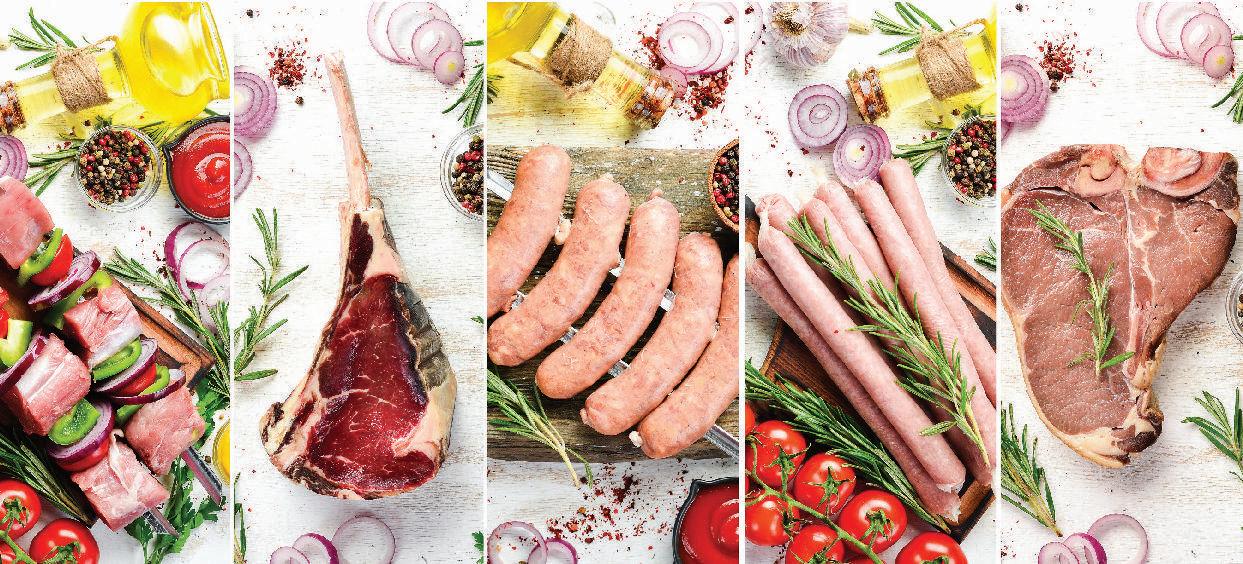P R O C E S S I N G T E C H N O L O GY
43
HPP, THE CURRENT TECHNOLOGY FOR THE INDUSTRY OF THE FUTURE
T
he increasing consumers’ demand on sustainable, safe and healthy products has compelled the food industry to look for natural and environmentally friendly processes. With the coronavirus pandemic, the relevance of these items have significantly increased and HPP has moved into the market as the answer to its needs. Its main advantages are: • FOOD SECURITY. HPP guarantees food safety and brand protection thanks to the inactivation of pathogens and spoilage microorganisms. Furthermore, it is applied to the final already packaged product, which avoids any kind of recontamination. • EXTENDED SHELF-LIFE. High-pressure multiplies by 4 the shelf life of some products at refrigerated conditions, without adding preservatives. • PREMIUM QUALITY. HPP preserves all the nutritional and organoleptic properties of the final product such as flavour, colour and texture. High Pressure Processing (HPP) applies to a wide variety of products, being Hiperbaric the global leader in design and manufacture of HPP units, with 300 machines installed worldwide. From traditional sectors such as juices and beverages, avocado products (guacamole), meat (sliced deli meats, dry-cured products) or seafood to more trendy categories like readyto-eat meals, plant-based dips (hummus), baby food or wet pet food, all of them can be processed by HPP. Most of companies are committed to this technology because they can reach distant markets, without the need to modify their recipes or use preservatives and technologies that could compromise their product quality. In this regard, many studies support that HPP is a suitable technology to increase the shelf-life in food and beverages
O C T O B E R- D E C E M B E R 2 0 2 0
thank to inactivate spoiling and pathogenic microorganisms. For example: • Raw chicken meat. Any preservation technology should inactivate the target microorganisms and avoid the growth of the survival microorganisms. Thus, it is necessary to trace the bacteria after HPP and throughout storage. The study done by Kruk and others (2012) evaluated the evolution of Salmonella Typhimurium in HPP chicken breasts for two weeks at refrigeration at different pressure levels (300, 450 and 600 MPa) for 5 min. Increasing the pressure above 300 MPa improved instantaneous lethal effect of HPP on Salmonella. At 450 MPa and higher pressures HPP reached around 4-log in activation throughout cold storage, avoiding recover of bacteria. • RTE Meals. Concerning the studies performed by Rovere et al. 2006, HPP helps the producer to reach more than 45 days shelf life for a typical Italian dish made of cooked rice and mushrooms, called risotto ai fungi (pH: 5.82 & Aw: 0.98) stored at 4 °C (39 °F). In day 45 after HPP (600 MPa; 87,000 psi; during 5 min) the total microflora count stays below 1 log cfu/g.
For more information, visit www.hiperbaric.com
FOOD BUSINESS GULF & MIDDLE EAST










